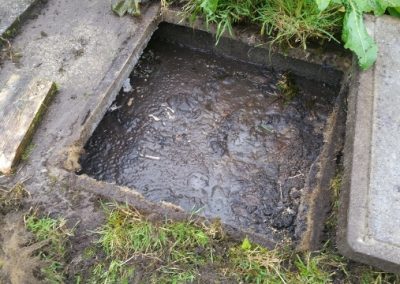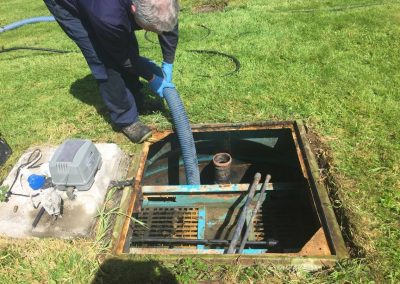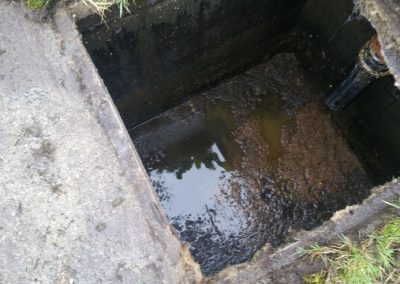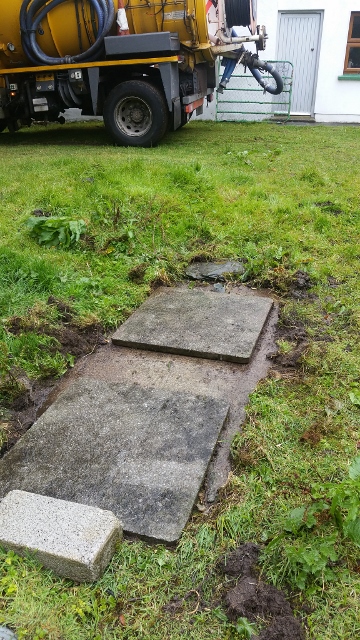Septic Tank Cleaning & Emptying
Arrow Drainage is a fully licensed waste collection permit holder.
Septic Tank/Bio Cycle Emptying
Our vacuum tankers are equipped with long hoses to reach the furthest away tanks, with an onboard water supply we can empty your tank, wash it down and clean all pipes leading to and from the tank.
Blockages can occur in the pipes leading to and from your septic tank, sometimes you can get your septic tank or bio cycle emptied but later find you still have a problem where your system is not flowing freely. Arrow Drainage will trace and clear these blockages easily and efficiently and leave all working for you.
Percolation Area
If your percolation area is not working we can use high pressure water jetting to remove any blockages in it. If the problem persists we can discuss possible remedies for it and carry out any work required to get it working again.
Here is some advice from the EPA on looking after your septic tank.
What you can do to improve your treatment system
There are a number of things that you can do to ensure that your septic tank or packaged treatment system is working properly:
Emptying your septic tank or packaged treatment system
You should have your septic tank or individual wastewater treatment system inspected and de-sludged (where necessary) at least once a year.
- If you never have to empty your septic tank/system it may be because it is leaking and the effluent is not being properly treated before it comes in contact with groundwater. This could result in contamination of nearby drinking water wells and may result in problems for you or your neighbours.
- If the tank is required to be emptied more frequently, then either it is sized too small for the number of people in the house or there is an inflow of groundwater into the tank.
- Either way the tank should be water-tight.
- Only permitted waste contractors should be used to remove the sludge – a list is available from your local authority.
Safety Note – it is dangerous to enter a septic tank or wastewater treatment system as they emit dangerous gases and only certified personnel should carry out this work.
Do’s and Don’ts
- Do treat grey water from washing machines and sinks in the wastewater treatment system.
- Do not allow rainwater from roofing into the wastewater treatment system and divert away to properly constructed soakaway.
- Do not pour fat and grease down the sink.
- Do not over use of bleach and disinfectants.
- Do not use sink macerators as they can increase the organic load by 30% and result in additional maintenance.
- Do not locate driveways or paved areas over the percolation area or polishing filter.
Managing your system
- All domestic wastewater treatment systems should be properly installed by a competent person. You should obtain a certificate of installation upon completion.
- Maintenance of systems is an essential element for all domestic wastewater treatment systems. You should ensure that your system is properly maintained in accordance with the guidance in the EPA Code of Practice and manufacturer’s instructions.
- If you see effluent sitting on the ground near the tank/system then you should check that the septic tank/system has been emptied and that the sludge has not blocked the drainage pipes. It could also be due to poor drainage conditions at the site and you should seek specialist advice.
Water Saving Tips
- You can install high efficiency shower heads.
- You can install water saving devices in toilets.
- Fill the bathtub with only as much water as you need.
- Turn off the taps while brushing your teeth or shaving.
- Only run the dishwasher or washing machine when they are full.
- Maintain your plumbing to eliminate leaks.





